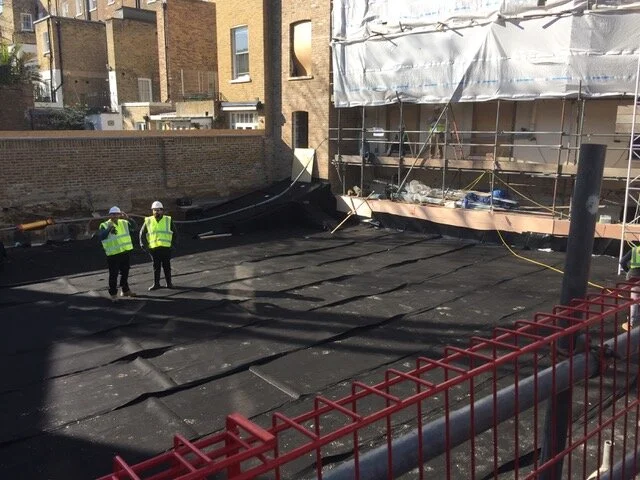Soil profiles - and the secret of healthy soil
Welcome to the second in our series on Common Site Issues, here we look at soil profiles.
The vital ingredient for a successful garden is healthy soil with natural soil organisms and good drainage. High-quality soil that includes helpful worms and no pollutants will help plants flourish and will be less at the mercy of pests and disease.
We make sure that top soil and sub soil are installed at the right depth then looked after to avoid compaction, and we choose really good British Standard soils from a reputable supplier such as Bourne Amenity. It is crucial to avoid poor soils that are recycled or incorporate recycled materials as they may introduce toxins, weeds or pests into your garden.
Top soil
Ideal top soil includes organic matter and good bacteria, and is used to a depth of 400mm. The problem we see most often is top soil being used to too great a depth.
Sub soil
Ideal sub soil should have no organic matter and a structure to encourage drainage.
Common problems that prevent plants thriving are:
Too much top soil and not enough sub soil. This creates anaerobic conditions (see below) which poison plant roots.
Low-grade recycled waste soil rather than a British Standard sub soil.
To counteract these problems we deploy Alaster Anderson expertise to build up a soil profile: thinking about drainage; introducing a sub-soil layer and top-soil layer which naturally reflect what happens in the natural world; and buying top-quality soil.
Tree (Amsterdam) sand
We often use this in London gardens as an alternative to top soil. Effectively a sand, it drains quickly, does not smear and does not compact easily. Rain does not create a boggy site and if it does get compacted it is simple to dig over to relieve the problem.
The whole of this garden had been excavated to extend the house. We used tree sand as our top soil, allowing the garden to be installed while many yardmen worked on the building. No mud, no mess!
Anaerobic conditions
This is an example of things going wrong. Anaerobic conditions occur when there is not enough oxygen in the soil for good bacteria to flourish. Instead, damaging bacteria create ammonia gas (smelly soil is a reliable indicator of this) that can lead to serious plant problems and even kill off your prized specimens.
You can read the first in this blog series covering soil drainage by clicking here.
If we can help with a challenge in your garden, you can reach us on 0207 305 7183 or email at enquire@alasteranderson.com





